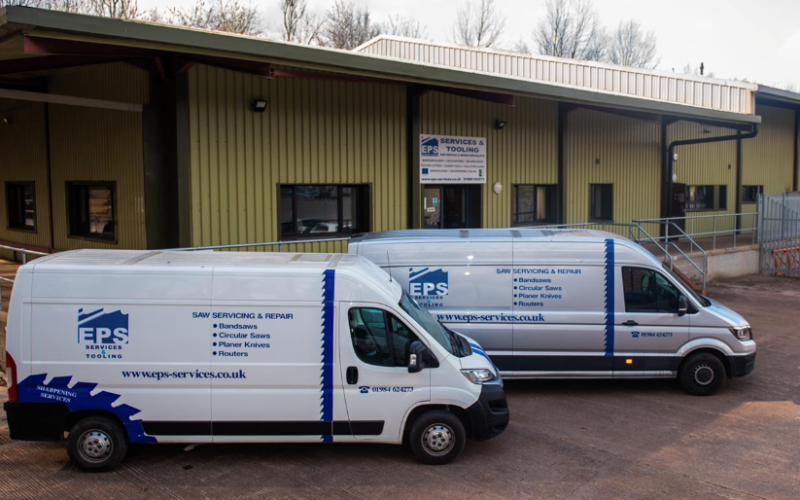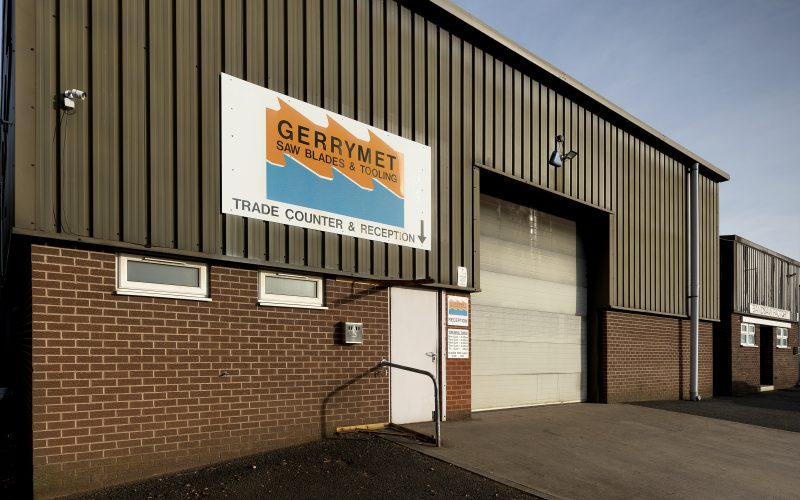Planer Blades Buyers Guide
Primarily used when working with timber, planers are a carpenter’s right-hand tool. Whether you’re a professional commissioned to work on a large-scale job or a DIY enthusiast who wants the best tools at their disposal, it pays to understand the range of options available to you on the market. A planer is only as good as its planer blade which is why, here at EPS Service & Tooling, we’ve created this buyers guide to give you all the information you need to know when selecting the right option today.
What Is a Planer Blade?
Giving much the same action as a shaving razor blade does for our skin, planer blades are used to remove or ‘scrape’ off uneven lumps and marks from the surface of the wood. They are both a finishing tool and one that is essential during construction, allowing timber to be used even when it doesn’t arrive at you in the best state. These blades are fully removable, allowing them to be maintained or replaced as needed. And, they can be found in both handheld and power tool variations, depending on your needs.
What Jobs Are They Used For?
As we mentioned above, planers are the ideal tool for creating smooth and uninterrupted surfaces on timber. They are largely used for joints and in carpentry – for applications where timber planks need to be measured at exact specifications in width, length and thickness. Timber merchants will also use them to smooth out rough timber, clean up rougher and recently sawn edges or as a means to reclaim salvaged wood for use in a future job. Other jobs include:
- Correcting joint irregularities in flooring.
- Creating smooth planes on corners for visual or practical purposes.
- Edge smoothing.
- Chamfering handrails.
- Bevelling door frames.
- Scribing countertops.
- Tapering wood trim.
Choosing the Right Planer
The first consideration you’ll need to make is which type of planer to use in your project. The most common options are:
- Hand Planers – Requires physical force to manually shave wood from the surface.
- Two-handed Planers – Features bicycle-style handles that help you apply more force.
- Surform Planers – Widely used to reduce the thickness of a material.
- Bottom-edged Planers – This can be used for trimming wood and normally doesn’t contain any handles.
- Hand Scrapers – Used to clean off stains and provide a decorative finish.
- Electric Handheld Planers – Ideal for larger-scale projects and requires less muscle strength than manual options.
- Electric Benchtop Planers – Also known as a thickness planer and ideal or demanding jobs in larger planks of wood.
- Moulding Planers – Help you to create complex, decorative shapes or designs.
- Stationary Planers – Designed for use with heavy, wide and large pieces of wood as well as large-volume projects too.
Factors To Consider
Choosing the right planer blade will depend on several factors, including:
- Budget.
- Electric VS hand-planer.
- Metal-type.
- Blade type.
- Blade width.
Budget
As with any tool in your tool kit, taking into account your available budget will determine the type of planer and planer blade you’re looking for. The blades themselves generally aren’t very expensive and are designed to be easily replaceable. Depending on what you’re searching for, hand planes can start at around £30 while some electric planets can cost upwards of £2,000. Understanding how often you’re likely to use one, how complex your projects are expected to be and how many additional features you need available will determine which end of your budget you work towards.
Electric or Manual
Traditional planers are handheld devices that are physically passed over the surface of wood, with force, by the carpenter. In modern years, electric versions have entered the market that makes the entire process considerably easier. Electric planers come in two variations – benchtop and handheld. Generally, handheld electric planers work with blades around 3” wide and are better suited to smaller tasks. Benchtop electric planers can be used with much wider blades and materials over 12” in width too. Manual planers tend to have blades around 5” in length, depending on the job.
Type
A standard planer blade will allow you to approach many different jobs. But, if you’re working on a specific aspect of a project, you may want to look for a more specialised option. Rabbet plant blades, for example, are used to create a rounded corner and can be used for decorative effects. Spiral planer blades are generally found in finishing projects and can be used to distress or detail the surface of the wood with a scalloped design.
Width
Planers will typically come in two different blade widths – 56mm and 82mm. The wider the blade, the more material it can shave off in one swipe. The right option for you comes down to the job at hand – if you need to remove more material in one go or have less time to complete a job, 82mm blades can help you to achieve this. The width needs to be considered alongside depth – the depth at which a planer blade will work through the material. Most standard handheld planers have a planing depth between 0 and 4mm per pass. To remove more, you’ll need to pass the planer over the material more times.
At EPS Service & Tooling, we have over 30 years of experience providing comprehensive saw doctoring services to our clients. We can sharpen and maintain a wide variety of cutting tools, including planer blades to ensure you get the best results. For more information, view our services or get in contact with us here today.






